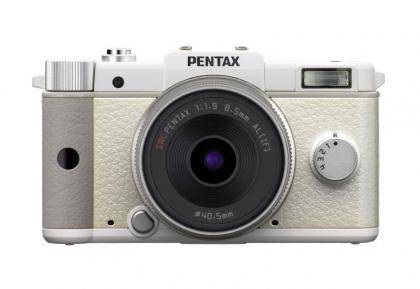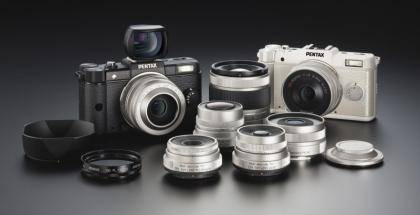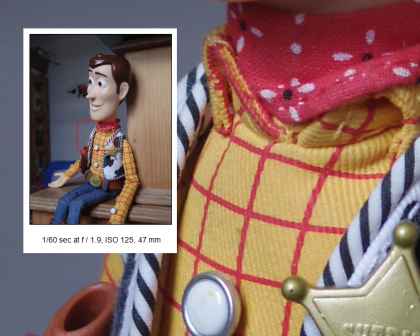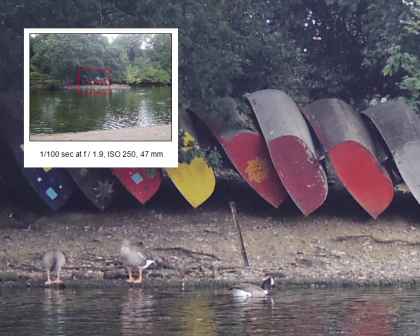Expert Reviews is pleased to bring you this video review from Short Sharp Reviews
A compact system camera takes the guts of an SLR and stuffs them into a compact body. It's such an obviously good idea that it can only be a matter of time before all the big camera manufacturers get on board. Pentax is the latest to join the fold, but the Q – initially available exclusively from Jessops – is not at all what we expected.

It really is tiny, weighing just 237g with its kit lens. Remove the lens and it's no bigger than a conventional compact camera. The difference to other compact system cameras is immediately obvious to see, but in practical terms it's not such a big deal. It's 75 per cent the weight of the Panasonic GF3 and noticeably smaller in every dimension. Despite this, both cameras will fit into a jacket pocket or handbag but neither will fit comfortably into trouser pockets.
The trade-off for the Q's small size is that its sensor measures just 1/2.3in from corner to corner. That's the same size that's used in entry-level compact cameras, and it's a bizarre choice for Pentax to go for. For us, the single best thing about compact system cameras is their big sensors, which capture lots of light and measure it more accurately. To put interchangeable lenses on what is essentially a normal compact camera is surely missing the point. To charge £599 for it seems positively nuts.

The current Q range with optional accessories and lenses
The reality isn't as barmy as we first suspected. First up, this sensor is seriously impressive for its size. It's a back-illuminated CMOS design, which helps lower noise – the curse of modern compact cameras. Other back-illuminated sensors have performed well in low light and less remarkably in bright light, but this one excelled in both situations. In bright light at the base ISO 125 setting, details were crisp and smooth, without the slightly fuzzy appearance that afflicts virtually all other cameras with 1/2.3in sensors.

It's surprising impressive at low ISO speeds - click to enlarge
That fuzziness did begin to appear by ISO 250, which is the lowest available ISO speed when Highlight Correction is enabled to recover clipped highlights. However, with this option switched off, outdoor shots weren't far off the quality we'd expect from a large-sensor camera. It couldn't match the blisteringly sharp details of the GF3 but it wasn't far off.

As ISO speeds increase, here at ISO 250, it can't compete with larger sensor models - click to enlarge
When lower light demanded fast ISO speeds, the sensor's small size was more apparent. Noise levels at ISO 800 were broadly equivalent to those on the Panasonic GF3 at ISO 1600 or the Sony NEX-C3 at ISO 3200. That's seriously good going, though, considering those cameras' sensors are respectively eight and almost 13 times the size of the Q's.
